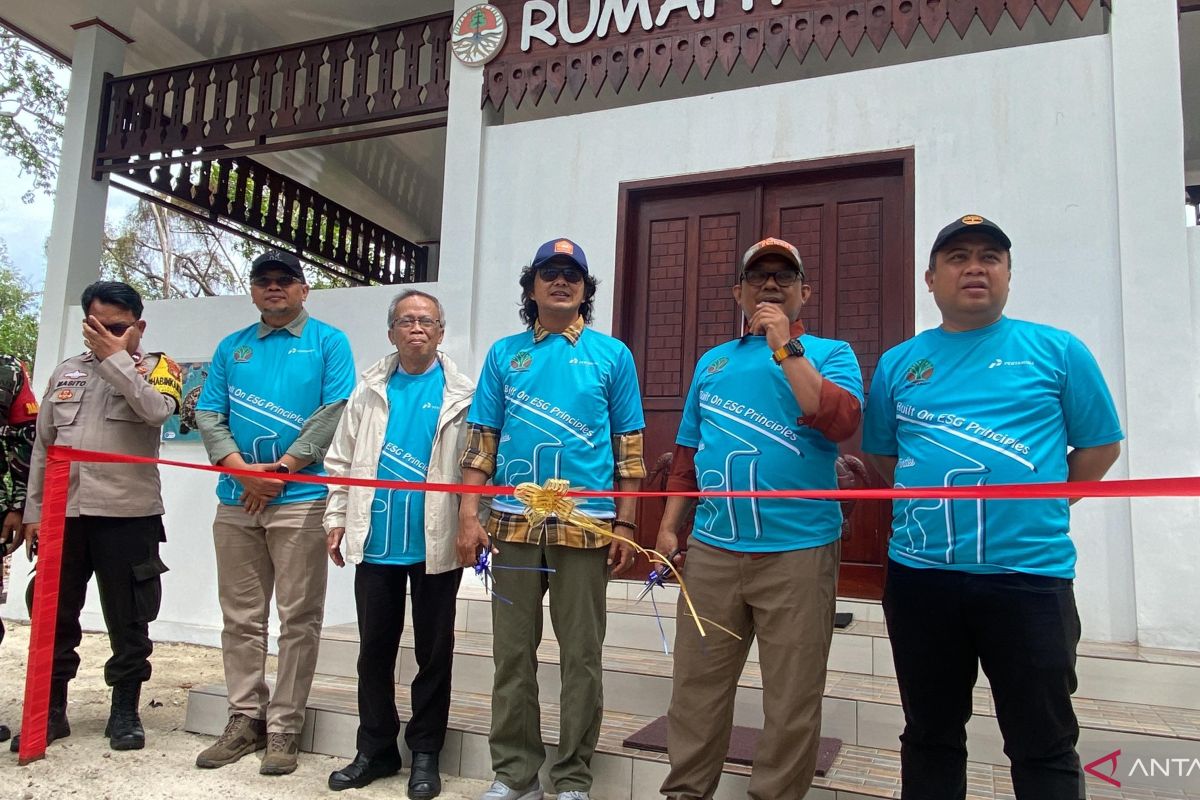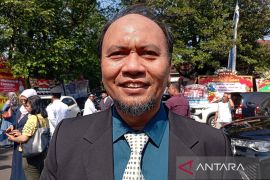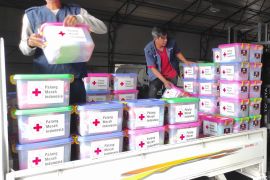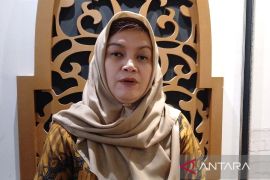"The Turtle House will be a symbol in preserving one of the protected marine reptiles which is also very vulnerable to extinction," the ministry's Director of Conservation Area Planning, Ahmad Munawir, remarked here on Friday.
He noted that hawksbill turtles are listed as critically endangered on the IUCN Red List.
The success rate of hatching hawksbill turtle eggs in the area is low, as about 76 percent of turtle nests are preyed upon by monitor lizards.
To handle this, intervention is deemed necessary by moving the nests to a semi-natural hatchery to protect the eggs from predators and tides.
In addition to natural predators, garbage from the mainland of Java Island is one of the issues causal to the decline of the hawksbill turtle population, including those in protected waters around Jakarta.
In a bid to increase the turtle population, the Ministry of Forestry and the Jakarta Natural Resources Conservation Agency (BKSDA) collaborated with oil and natural gas company Pertamina Hulu Energi Offshore North West Java (PHE ONWJ) to build the Turtle House.
On this occasion, the statue of the milky stork (Mycteria cinera), which is an endangered bird, was also launched as Pulau Rambut Island's icon.
The bird has been listed as a protected species in Indonesia since 1935. The Pulau Rambut area is also the breeding center of the milky stork population spread in the island of Java and the eastern coast of Sumatra.
Related news: West Papua: Dead sea turtle sighted in Raja Ampat waters
Related news: Preservation efforts intensified for Enggano Island's green turtles
Translator: Prisca, Kenzu
Editor: Rahmad Nasution
Copyright © ANTARA 2024












